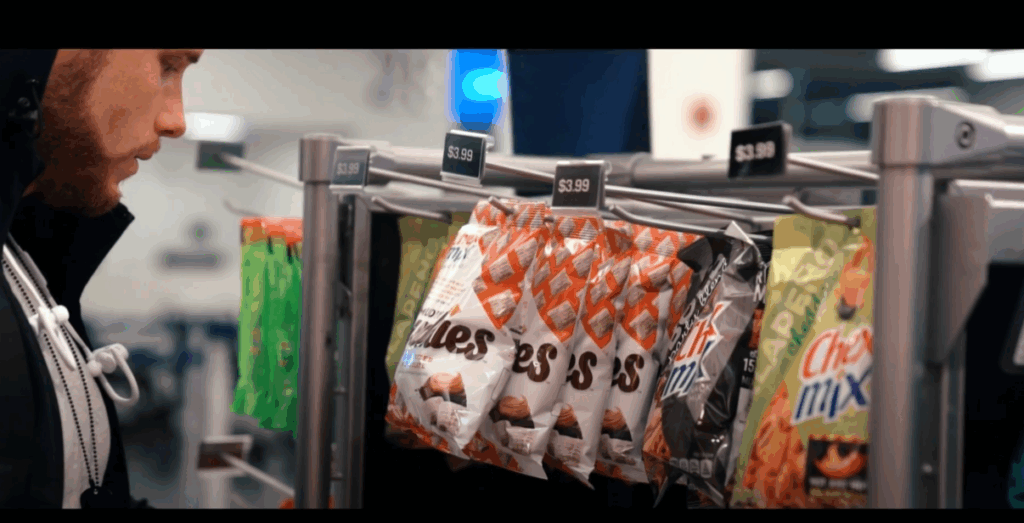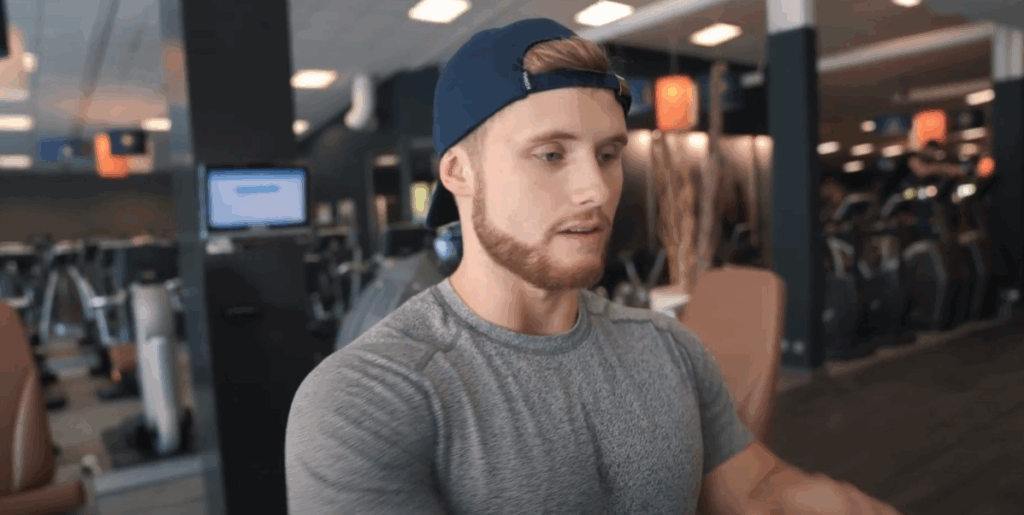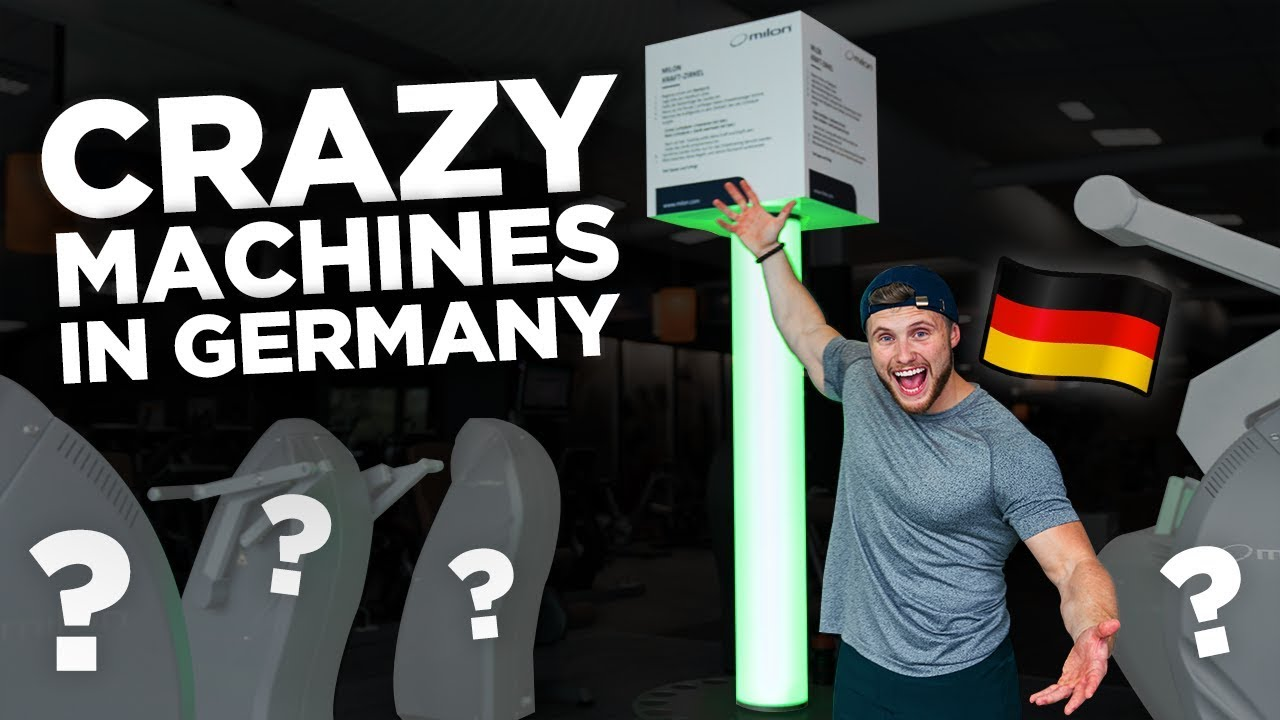Traveling abroad as a fitness professional brings its own unique set of challenges and opportunities. From maintaining training routines to navigating unfamiliar food options, it requires flexibility and focus. Recently, I had the chance to explore Cologne, Germany, for the first time, attending one of Europe’s premier fitness exhibitions—FIBO Expo. Here’s a look at the journey, the training experience, and the incredible innovations in fitness technology I encountered along the way.
Arrival in Cologne: First Impressions & Nutrition Abroad
Touching down in Cologne was an exciting first for both me and my partner. Known for its rich culture and historical architecture, Cologne also hosts one of the largest fitness trade shows in Europe—FIBO. We were there as guests of a supplement brand and planned to make the most of the event.
Our hotel was conveniently located just across the street from the expo grounds. Before diving into the event, we headed downstairs for breakfast. European hotel buffets can be hit or miss for athletes, but to our surprise, the spread was perfect. I loaded up with a mushroom and cheese omelet, crispy bacon, sausage, and some surprisingly fluffy mini pancakes. Not bad for keeping macros in check while abroad.

Day 1 at FIBO: More Than Just Supplements
FIBO isn’t your average expo. Unlike the crowded, supplement-heavy U.S. expos like the Arnold Classic, FIBO has a broader focus—blending sports science, fitness tech, gym equipment, and nutrition. Walking into the venue felt like entering a high-end tech convention. The layout was sleek, the booths were well-designed, and there was ample space to navigate.
We saw everything from commercial-grade gym machines and futuristic rehab devices to automated locker systems for gyms. It was a fitness nerd’s dream. One highlight was watching product demos on high-tech machines that adapted to the user’s movement in real time—think smart resistance that changes based on your speed and form.
Training at Just Fit Cologne: High-Tech Circuit Machines
Later in the day, we visited a local gym called Just Fit to squeeze in a training session. What made this gym stand out was its use of electronically controlled resistance machines—completely different from anything I’ve used in North America.
A trainer named Lucas guided me through a circuit using these machines. Each one tracked your speed and range of motion, visually displaying your effort on a screen to ensure optimal performance. What stood out most was the eccentric loading—the machine would actually assist on the way up and increase resistance on the way down, forcing you to control the negative portion of each rep more deliberately.
The data feedback was incredibly useful. I noticed that I had better control during chest presses than leg exercises, which tells me I may need to work more on eccentric control in my lower body training. These machines also operate on a timed set system rather than reps, promoting more consistent tempo and muscle tension throughout the workout.
Deadlifting Abroad: Staying Consistent With Powerbuilding Goals
Even while traveling, I stick to my powerbuilding routines. Right now, I’m working through a technique-focused block with the goal of rebuilding strength post-injury. My main lifts—squat, bench, and deadlift—are slowly climbing back to former levels.
That day, deadlifts were on the agenda. Despite not having an ideal platform, I managed to make it work. I pulled sumo-style, slowly progressing from 275 pounds in sets of five. My focus was on maintaining form and avoiding any unnecessary strain, especially considering my history with lower back issues.
Interestingly, a friend traveling with us, who had never deadlifted before, decided to give it a shot. With a few quick form cues, he nailed a clean rep at 225 pounds—pretty solid for a first-timer!

Exploring Local Equipment and Machines
After our main sets, I explored some of the unique machines at Just Fit. One machine stood out: a lat-focused row that combined the mechanics of a pulldown and a cable row, allowing for a unique angle of contraction and excellent engagement of the mid-back and rear delts.
The beauty of training abroad is discovering new machines you don’t typically see in your local gym. It keeps workouts fresh and challenges your muscles in new ways.
Eating to Maintain Gains While Traveling
One challenge of traveling, especially across time zones and unfamiliar cultures, is sticking to a consistent eating plan. In Germany, protein-packed foods are surprisingly accessible. We visited a local grocery store and found high-protein snacks like chicken chips—something I had never seen before. With 20g of protein per serving, they were a great on-the-go option.
Back at the hotel buffet, we loaded up on muscle-friendly meals—grilled chicken breast, rice, steamed vegetables, and even a bit of fresh bread for carbohydrates. I also grabbed extra portions of red bell peppers, which are underrated in terms of nutritional value. They’re rich in vitamin C and antioxidants, making them a great choice for immune support and recovery.
My approach while traveling is to nail down at least two solid meals a day, then use snacks like protein bars, jerky, or those new chicken chips to fill in the gaps. That way, I’m not scrambling to hit protein targets.

Final Thoughts: The Value of Experiencing Fitness Abroad
This trip to Cologne was more than just an expo visit—it was a reminder of how global the fitness industry has become. From innovative machines and training feedback systems to the surprisingly protein-rich grocery options, Germany offered a refreshing look at what fitness looks like outside of North America.
Whether you’re a competitive lifter, physique athlete, or weekend warrior, traveling doesn’t have to derail your progress. With a little planning and an open mind, you can stay on track and even learn a few new tricks along the way.
If you ever find yourself in Germany, especially during FIBO season, I highly recommend checking it out. And if you spot a Just Fit gym—get in there. Your muscles will thank you for the experience.



